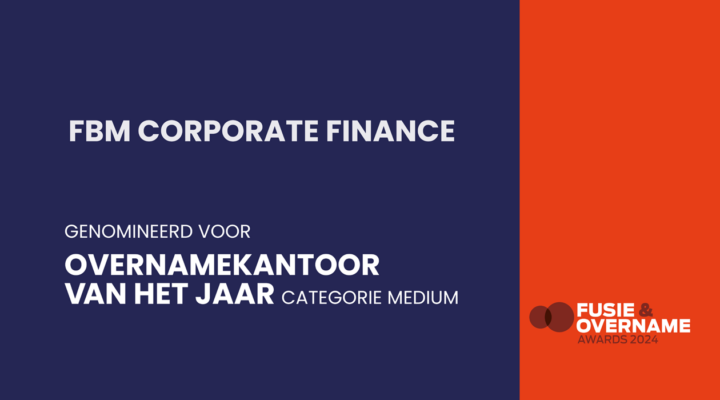Many options exist for funding a business. But not every type of funding fits every situation. In addition, financiers and investors set conditions that cannot always be met. Therefore, to get a first impression of which funding fits your situation, first answer these 4 questions:
- Do you need “short” or “long” money?
- Are you willing to personally guarantee financing?
- Looking for a loan or also open to expanding equity?
- What funding ratios can you produce?
We look at each question in more detail.
1. Short money or long money?
One of the first questions you need to answer when looking for financing is the time frame in which you need money. Is your financing need short term? Then you can look at financing with short repayment and interest terms, or short money. Consider a current account or a short-term loan. If your financing need is more structural in nature, then you are more likely to look at financing with a longer term, such as the mortgage on a business property.
The question of whether “short money” or “long money” is more attractive also depends on the interest rate and its expected changes. If you expect the interest rate to rise and that you will need money for a while, you can fix the interest rate for longer. However, if you think interest rates are going to fall, then it may be more interesting to wait a little longer. Structuring your loan in two parts in short-term interest and one part long-term interest can be a solution to get more flexibility. So, in addition to the duration of your financing need, your expectation of the interest rate development is also important in choosing short or long term money.
2. Personal guarantee or not?
Another question to ask as a business owner is to what extent you are willing to personally guarantee financing. Banks routinely ask for a personal guarantee. If you can secure a loan of, say, 1 million euros with your private assets as collateral, the potential risks to you personally are therefore also high. This may be a reason to look at alternatives, for example involving an investor or using a guarantee scheme.
3. Venture capital or equity?
Initially in this paper we look at the possibilities of raising debt capital. However, financing is also possible with an increase in equity, for example by the entry of an investor. Therefore, we look at this next.
In between are hybrid forms, for example, mezzanine financing, a subordinated loan that combines elements of debt and equity. Or a convertible bond, this loan can be converted into equity at any time at predefined terms.
4. What are my funding ratios?
To determine what funding is possible, lenders will always look at the ratios of your financing needs. Both the ratios before and after financing are relevant. If the ratios are insufficient, that will be reason not to take out a loan.
The most important ratio for assessing whether financing is appropriate for business operations is the DSCR ratio. DSCR stands for Debt Service Coverage Ratio and indicates whether a company has sufficient free cash flow to meet its interest and repayment obligations. In fact, you divide the free cash flow by these obligations. If the ratio is lower than 1.2, then the financing request usually does not stand a chance.
Another ratio that is looked at is the Leverage ratio. This ratio looks at the ratio of total debt to EBITDA. In other words, the ratio indicates how many years it will take a company to repay debt at constant EBITDA. The higher the ratio, the higher the insolvency risk is.
If the ratios are insufficient, standard business loans will quickly fall by the wayside. Alternatives such as equity investors or government-guaranteed schemes can be considered for financing. The combination of bank financing and a portion of subordinated money can also offer a solution.
How do I get what funding?
Funding, financing and entrepreneurship are inextricably linked. After all, realizing your entrepreneurial ambitions often requires capital. Consider, for example, investments in growth, innovation, capital-intensive production goods or the acquisition of a competitor.
In this e-book, we discuss finding the right financing for your plans. And with the current interest rate developments and changing role of the bank, among other things, there are more and more aspects involved. Fortunately, there are also more and more opportunities.
Download
This form is subject to our privacy policy.







